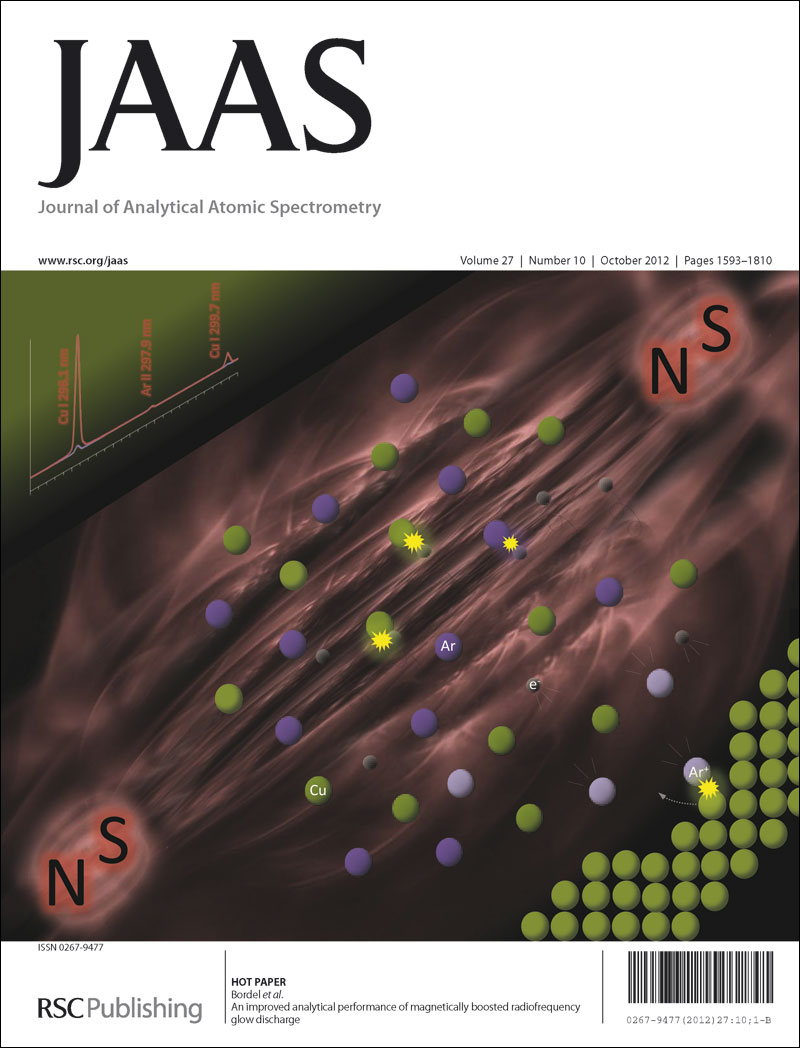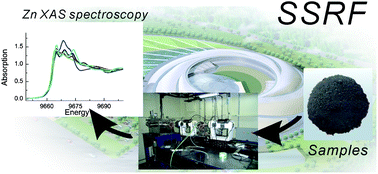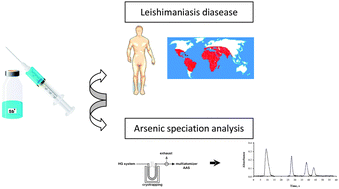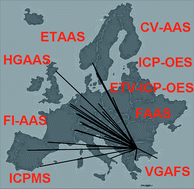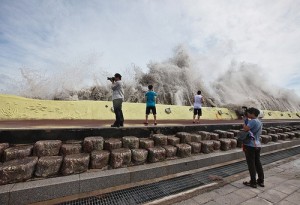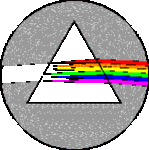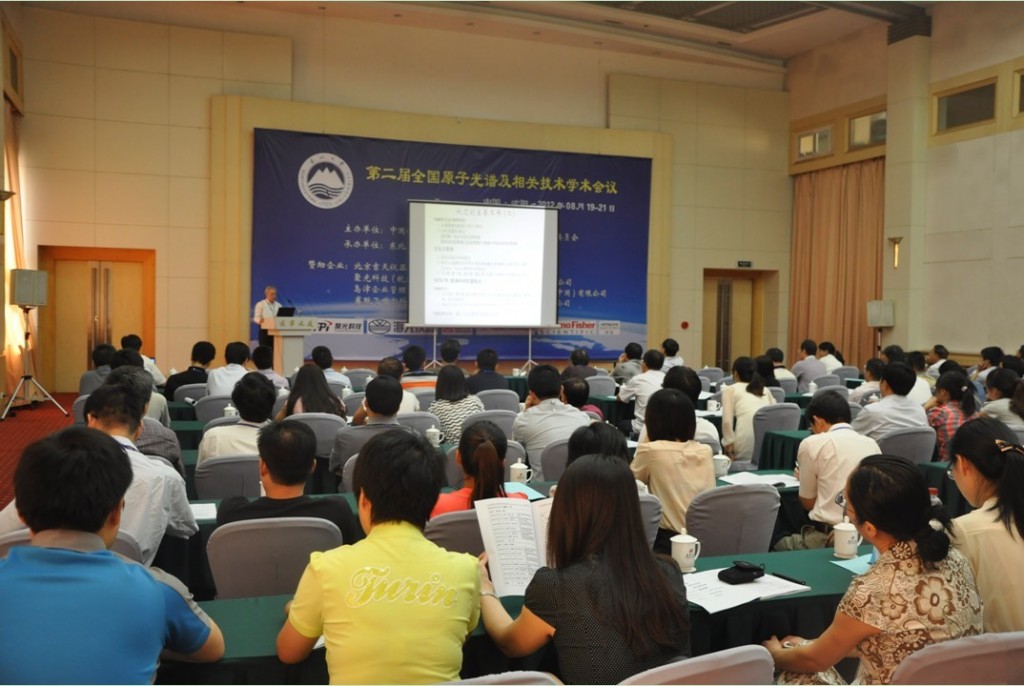This month sees the following articles in JAAS that are in the top ten most accessed:-
Isotope abundance ratio measurements by inductively coupled plasma-sector field mass spectrometry
Douglas C. Baxter , Ilia Rodushkin and Emma Engström
J. Anal. At. Spectrom., 2012,27, 1355-1381 DOI: 10.1039/C2JA30153A
Improved in situ Hf isotope ratio analysis of zircon using newly designed X skimmer cone and jet sample cone in combination with the addition of nitrogen by laser ablation multiple collector ICP-MS
Zhaochu Hu , Yongsheng Liu , Shan Gao , Wengui Liu , Wen Zhang , Xirun Tong , Lin Lin , Keqing Zong , Ming Li , Haihong Chen , Lian Zhou and Lu Yang
J. Anal. At. Spectrom., 2012,27, 1391-1399 DOI: 10.1039/C2JA30078H
Atomic spectrometry update. Elemental speciation
Robert Clough , Lindsay R. Drennan-Harris , Chris F. Harrington , Steve J. Hill and Julian F. Tyson
J. Anal. At. Spectrom., 2012,27, 1185-1224 DOI: 10.1039/C2JA90037H
Atomic spectrometry update—X-ray fluorescence spectrometry
Margaret West , Andrew T. Ellis , Philip J. Potts , Christina Streli , Christine Vanhoof , Dariusz Wegrzynek and Peter Wobrauschek
J. Anal. At. Spectrom., 2012,27, 1603-1644 DOI: 10.1039/C2JA90045A
A comparison of mm scale resolution techniques for element analysis in sediment cores
D. Wilhelms-Dick , T. Westerhold , U. Röhl , F. Wilhelms , C. Vogt , T. J. J. Hanebuth , H. Römmermann , M. Kriews and S. Kasten
J. Anal. At. Spectrom., 2012,27, 1574-1584 DOI: 10.1039/C2JA30148B
SIMS imaging of the nanoworld: applications in science and technology
Mathias Senoner and Wolfgang E. S. Unger
J. Anal. At. Spectrom., 2012,27, 1050-1068 DOI: 10.1039/C2JA30015J
Silver nanoparticle characterization using single particle ICP-MS (SP-ICP-MS) and asymmetrical flow field flow fractionation ICP-MS (AF4-ICP-MS)
Denise M. Mitrano , Angela Barber , Anthony Bednar , Paul Westerhoff , Christopher P. Higgins and James F. Ranville
J. Anal. At. Spectrom., 2012,27, 1131-1142 DOI: 10.1039/C2JA30021D
Origin of the suppressed matrix effect for improved analytical performance in determination of major and trace elements in anhydrous silicate samples using 200 nm femtosecond laser ablation sector-field inductively coupled plasma mass spectrometry
Jun-Ichi Kimura and Qing Chang
J. Anal. At. Spectrom., 2012,27, 1549-1559 DOI: 10.1039/C2JA10344C
Rapid bulk analysis using femtosecond laser ablation inductively coupled plasma time-of-flight mass spectrometry
Jhanis J. González , Dayana D. Oropeza , Henry Longerich , Xianglei Mao and Richard E. Russo
J. Anal. At. Spectrom., 2012,27, 1405-1412 DOI: 10.1039/C2JA10368K
Sources of elemental fractionation and uncertainty during the analysis of semi-volatile metals in silicate glasses using LA-ICP-MS
Matthew W. Loewen and Adam J. R. Kent
J. Anal. At. Spectrom., 2012,27, 1502-1508 DOI: 10.1039/C2JA30075C
Why not take a look at the articles today and blog your thoughts and comments below.
Fancy submitting an article to JAAS? Then why not submit to us today or alternatively email us your suggestions.












